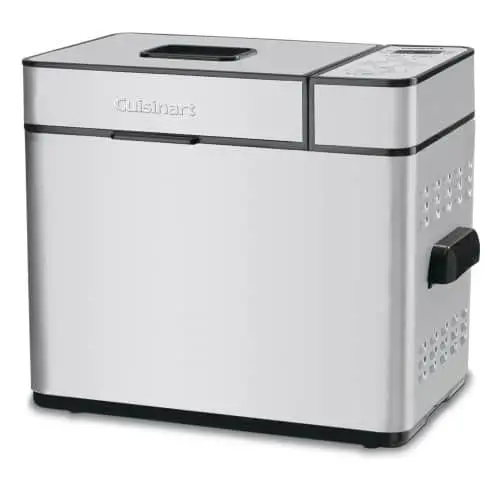As an Amazon Associate I earn from qualifying purchases.

Are you looking for a rice cooker that is the perfect size for your family? Do you still want the ability to multitask with your rice cooker like some of the larger makes and models of this kitchen appliance can do? With this Black and Decker 3 cup rice cooker, you’ll be able to cook enough rice to feed a family of 6 easily while still being able to add vegetables, steam foods, or create soups within the inner cooking pot. You’ll also get this for a budget-friendly price of about $10 right now on Amazon!
What Are the Features of This Rice Cooker?
The primary feature that we really enjoyed while using this rice cooker were the stay cool handles that are incorporated with the appliance’s design. This unit is small enough to be portable and there are sometimes when you need to move the rice cooker because you have limited counter space in which to work. With the handles, you can just pick up the appliance and move it out of your way without interrupting the cooking cycle!
This kitchen appliance also has these features to think about:
- this rice cooker is equipped with an automatic keep warm mode that is displayed through indicator lights on the front panel;
- starting this rice cooker is as simple as pressing down on a lever to begin a cooking cycle; and
- you cannot engage the cooking cycle on this rice cooker unless you have place food products within the inner cooking pot for added safety.
You receive a serving scoop and a measuring cup for added value with this rice cooker, but you don’t need the extra value with Black and Decker providing such an affordable appliance. You won’t be able to steam vegetables in this rice cooker, but you can create soups and the entire appliance is designed to be easy to clean.
Do You Get an Advantage With This Particular Rice Cooker?
Outside of the value you receive for the price of this appliance, the advantage is in the lid’s design, strangely enough. For the smaller rice cookers, they tend to bubble over with the starches in the rice, even if you’ve soaked the grains for a bit before cooking them. This creates a hot mess on the top of the lid on other makes and models that make accessing the rice difficult without a pot holder. This design offers a stay cool top that’s wide enough to grip without risking a burn.
You do need to check the rice occasionally during the cooking cycle with this appliance because you can toast off the bottom grains quite easily. We’ve found that if you stir the rice a couple times after most of the water has been absorbed, you can counter this issue. It’s also a good time to add sauces, spices, or other flavorings to the rice!
For about $10, you’re not going to find a better rice cooker anywhere that hasn’t already been used or refurbished. You’re just not! For that reason, we recommend this kitchen appliance to anyone who is looking for an easier way to cook rice without risking their budget in doing so.
















